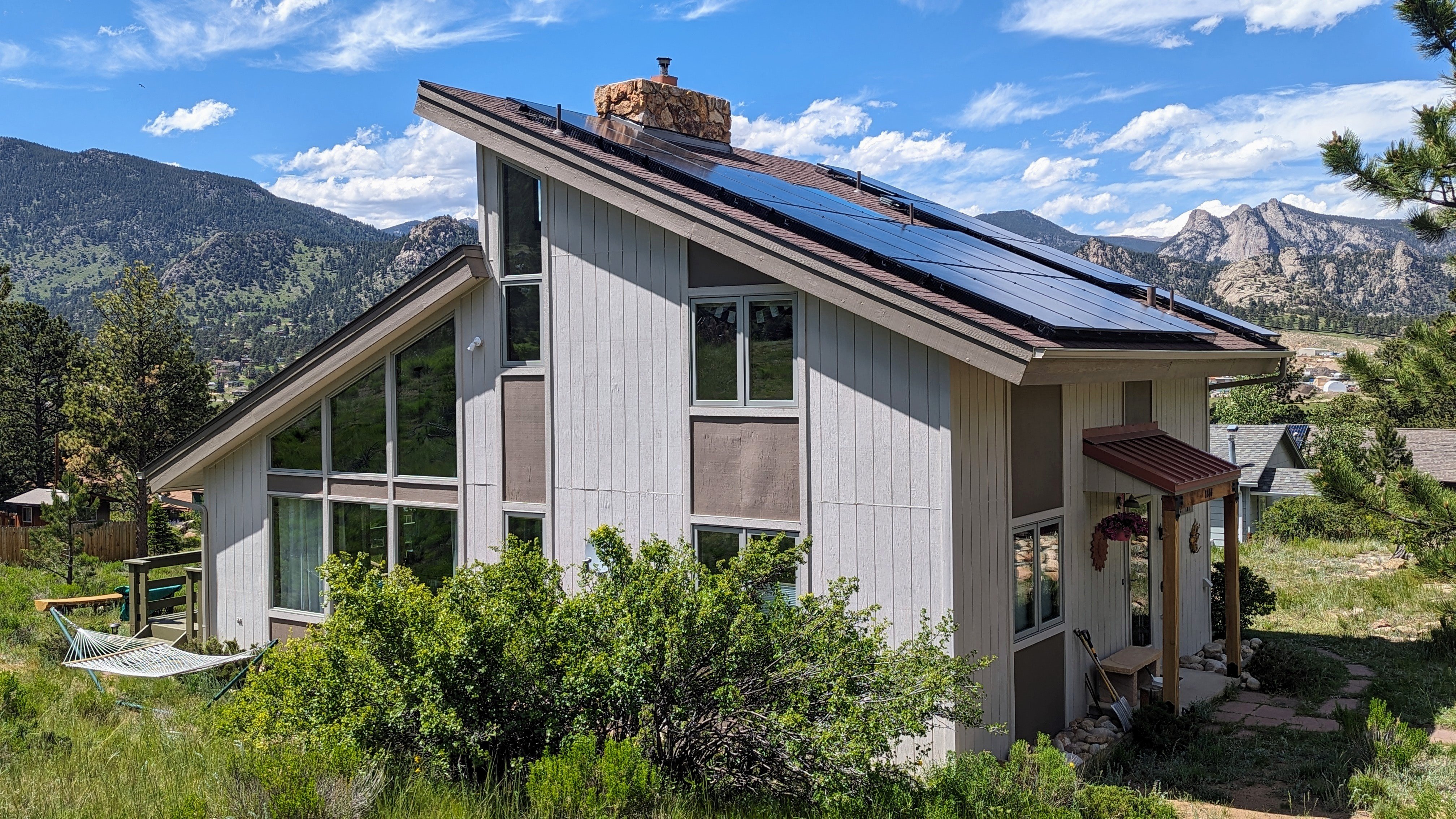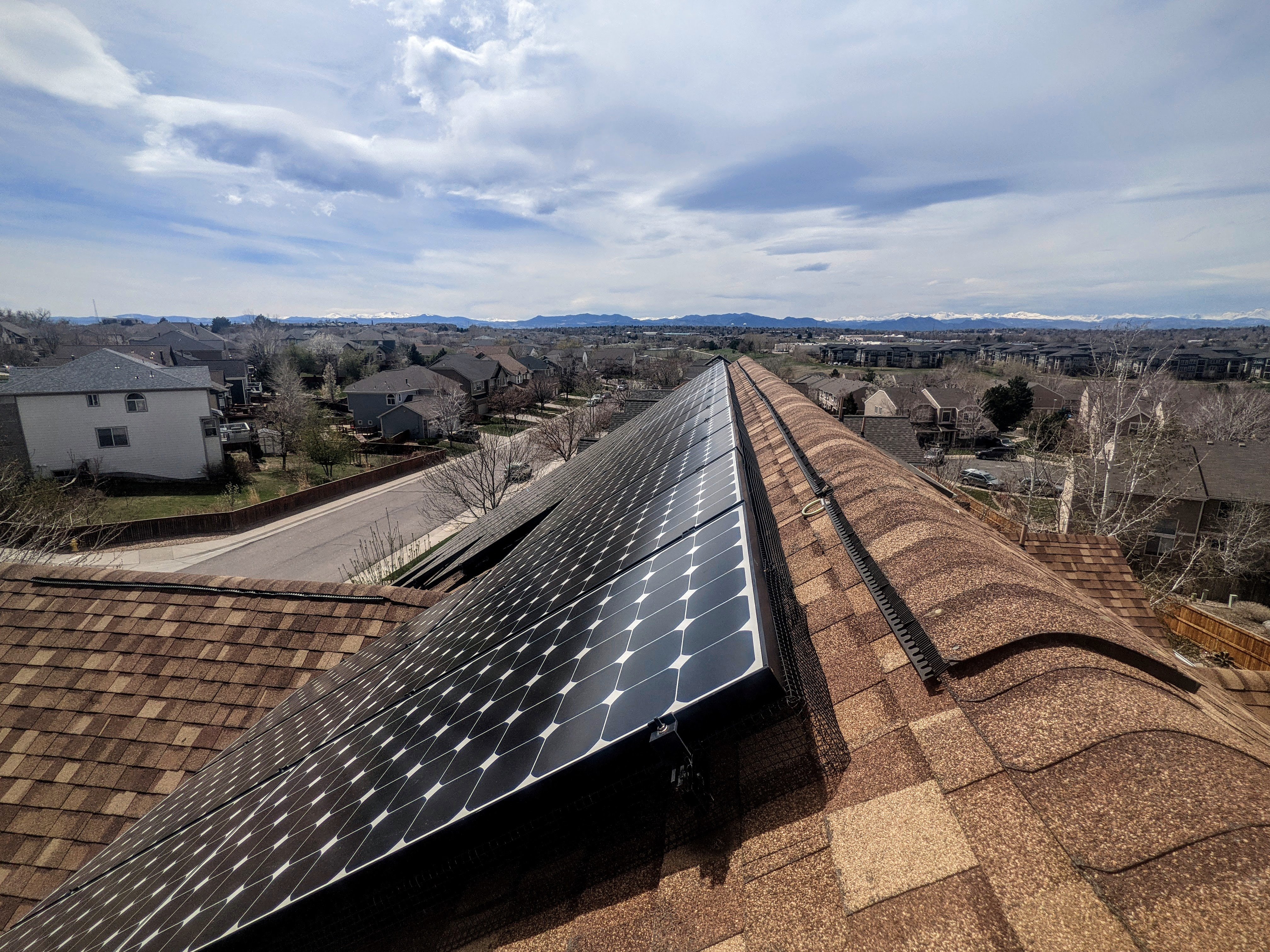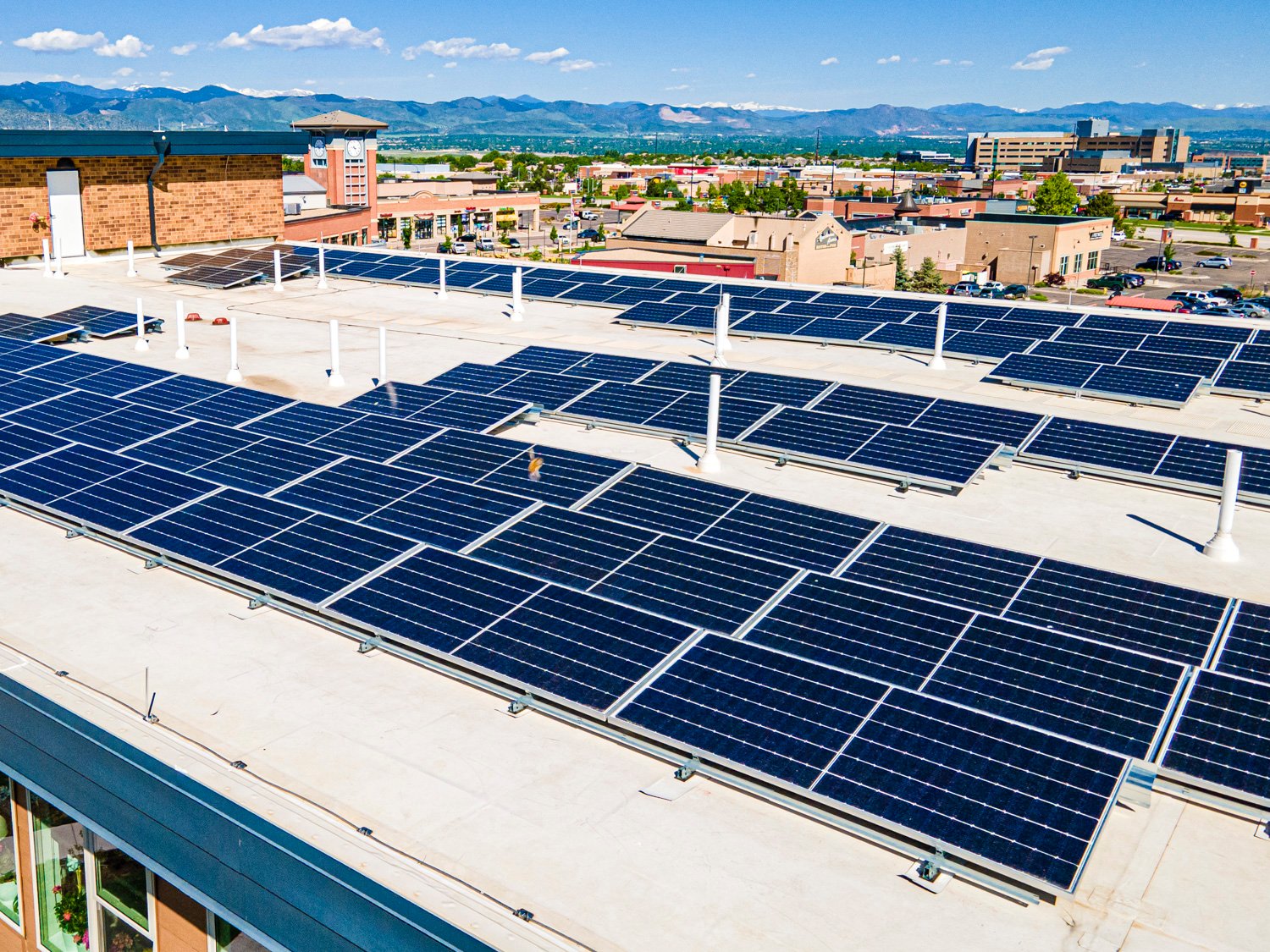Publish Date: September 21st, 2023
As a local company that has been around for 18 years, we’ve learned a thing or two about solar panels in Colorado, and we’re sharing some of our favorite fun facts about solar in the state. Colorado has one of the fastest growth rates of solar in the country, so we decided to dig into what makes solar in sunny Colorado unique. Some may call us solar nerds (and we won’t disagree), but we hope these fun facts about solar panels in Colorado are interesting to you, too.
.jpg?width=7387&height=4925&name=2022_Office_Shoot%20(22).jpg)
We’re in the top four of percentage of sun per state!
Did you know that each year, Colorado receives around 245 sunny or mostly sunny days, making it one of the top four sunniest states in the U.S? We experience plenty of sun on other days, even if there is some cloud cover, and panels will still produce energy on those partially cloudy days. On average, throughout the year, Colorado receives over 4 hours of peak sunlight per day. How lucky are we to live in such a sunny state!

… And the top eleven!
Considering how much sun Colorado gets, it makes sense that the state is ranked 11th in the nation for installed solar capacity, which is the ratio of actual power produced by a solar system. Colorado also ranks 7th for fastest solar growth rate in the nation. Overall, Coloradans get 3.7% of their energy from solar, and we hope that has only increased from 2021. How exciting that Namaste Solar and our customers get to be a part of that ever-growing percentage. Save money, help the environment, and gain a really cool roof feature.

Solar panels like to be a mile high too
Remember those 245 days of sunshine we mentioned? All that sun means your solar panels are going to be working great (plus they can still produce energy even when it isn’t sunny). But we’ve learned that panels do work a little bit better in cool temps. This benefits systems in the mountains at elevation and systems during cool spring, fall, or even winter days. This is because electrons are at low energy in cooler temps and when those electrons are activated by sunlight, there is a greater difference in voltage, which means more energy for the solar panel.

Looking to the east
When installing solar panels, a south facing roof is the best to get the most sun shining on your panels. If south isn’t an option, east or west work great, too. Can you guess why we’d choose east over west in Colorado specifically? East facing systems collect a bit more sunlight during the day while avoiding cloud cover during our common afternoon storms. But in some utilities, like Xcel and Fort Collins, we will recommend a west facing roof. This is because western facing panels produce the most during peak hours when electricity rates are highest. And generally, a north facing roof is typically not a great fit for solar since it doesn’t capture as much sunlight as you need to get a great return on investment with your solar panels. No matter which way your roof faces, you can trust our solar experts to design the best system for your home based on the utility you’re served by, the aspect of your roof, and your energy usage.

A little tilt goes a long way
Just like the direction the panels face, there is also an optimal tilt angle for solar panels. For Denver, the optimal tilt is around 40 degrees because we are at a latitude of 39.7 degrees. Putting the solar panels at the same angle as the latitude gives them the most chances to be facing perpendicular to the sun and soaking up rays. This is the optimal position for fall and spring seasons when the sun is at its peak position. On commercial systems, we are more often able to control the tilt of the panels because we install on flat roofs with racking to tilt up the panels. For home solar panel systems, the tilt of the panels will match the pitch of the roof. Those modules will be cranking out electricity!


